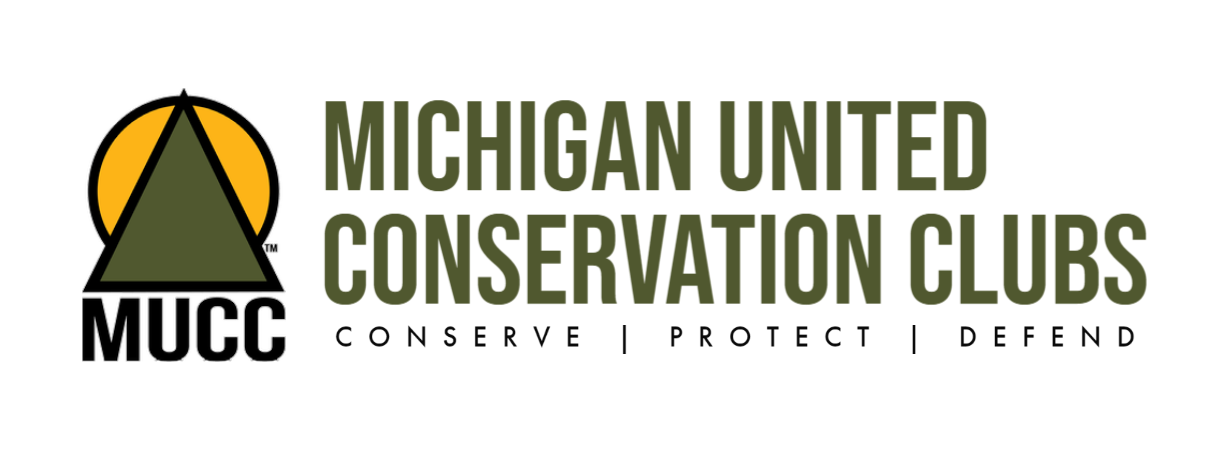INVASIVE BARK BEETLES | THE PINE SHOOT BEETLE
With holiday spirit in the air, it ’tis the season where we begin bringing out the boxes of some of our favorite holiday decorations. As the twinkling lights and garland are strung, Christmas trees are on the mind. As we head out to the tree farms in anticipation of picking the ‘perfect’ Christmas tree, we rarely think about what could be living on those precious pine trees. However, the invasive pine shoot beetle could be hitching a ride!
The pine shoot beetle was first discovered in the United States in July of 1992 in Cleveland, Ohio on a Christmas tree farm. The beetle is widespread in Europe and Asia, and was most likely introduced to North America by foreign ships carrying beetle-infested wood as dunnage. Making it’s way through most of the United States, the beetle can be found in Michigan, Ohio, New York, Illinois, Pennsylvania, and Indiana. The pine shoot beetle is the leading pest of pine trees, and poses a serious threat to our nation’s pine forests and Christmas tree farms and nurseries, if proper precautions are not taken.
If you are in the process of purchasing a Christmas tree here’s what to look for. The adult pine shoot beetles are brown to black in color and approximately 3.5 to 4.8 mm long, and the funicular of the antenna is composed of six antennomers. They can be distinguished from other members of the genus by the smooth second elytral interval on the declivity. Some of the worst damage to trees is found on the tips, caused from feeding. So when you’re out picking the ‘perfect’ Christmas tree, if you notice any dead tips that are yellow or brownish, or if you peel some of the bark back and see ‘trails’ or ‘shoots’ it’s most likely that the tree has a pine shoot beetle infestation.
The pine shoot beetle attacks new shoots of pine trees, stunting the growth of the trees. The adult beetles mate and construct single vertical egg galleries in dying, cut, or severely stressed pines. Which would be the ‘trails’ or ‘shoots’ behind the bark that you would see. New adults emerge in the early summer and feed primarily in current-year shoots during the summer. Each beetle has the capability of damaging one to six shoots, and can complete one generation in approximately a year. It may also attack stressed pine tress by breeding under the bark at the base of the trees. Causing severe decline in the health of the trees, and in some cases killing the trees where high populations exist. The pine shoot beetle prefers Scotch pine trees, but will feast on a variety of pines.
If you plan on purchasing a tree from a Christmas tree farm or nursery, you should first check to see if they are a member of the Pine Shoot Beetle Compliance Management Program. This management program was put into place by the Michigan Department of Agriculture and Rural Development to encourage pine Christmas tree growers to participate to help reduce levels of this pest in their pine plantations. According to MDARD “experience has shown that most growers who participate succeed in reducing pine shoot beetle to insignificant levels and therefore qualify for permits to ship outside the regulated area.” This regulated area is a quarantine put in place in areas of infestation to further prevent the spread of this pest. It changes by state depending on infestations, and surrounding states, to prevent shipping pine trees. If you’re a Christmas tree farmer and you’re interested in PSB prevention head to www.michigan.gov/mdard/0,4610,7-125-2390_5974-11726–,00.html for more information on how to get involved. By choosing Christmas tree farms and nurseries that are members of the prevention program, you’re further helping reduce the spread of this bothersome pest, so keep that in mind this holiday season!
This article is part of the ongoing series on invasive species funded in part with funds from the Michigan Invasive Species Grant Program through the Department of Natural Resources, Environmental Quality, and Agriculture and Rural Development.
